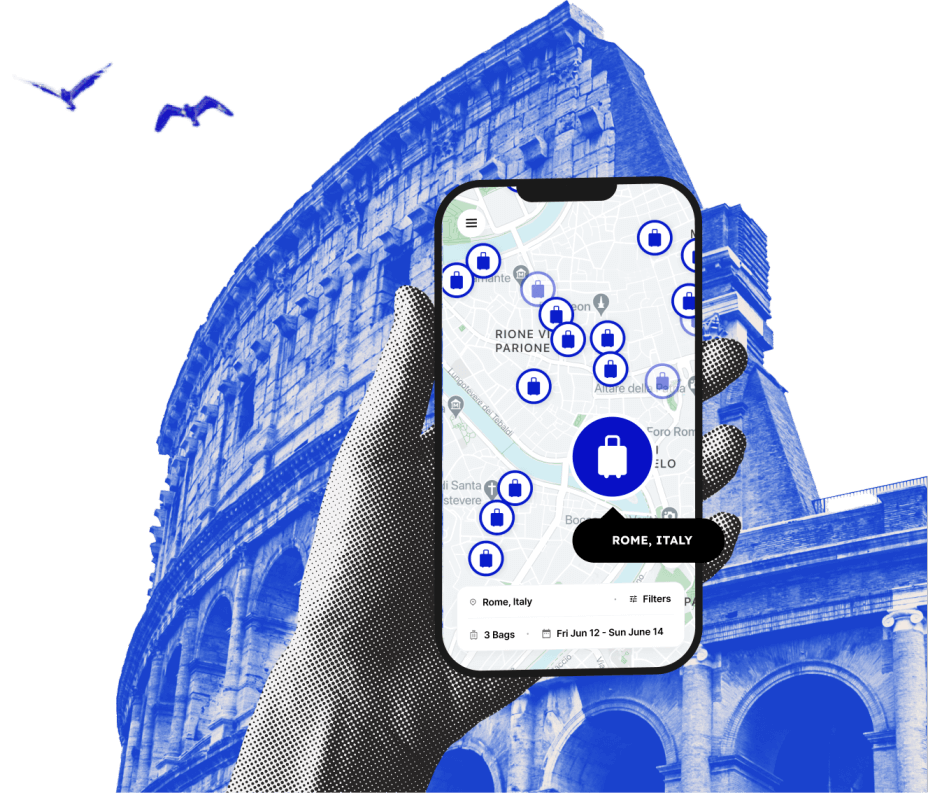9 must see parks in Tokyo
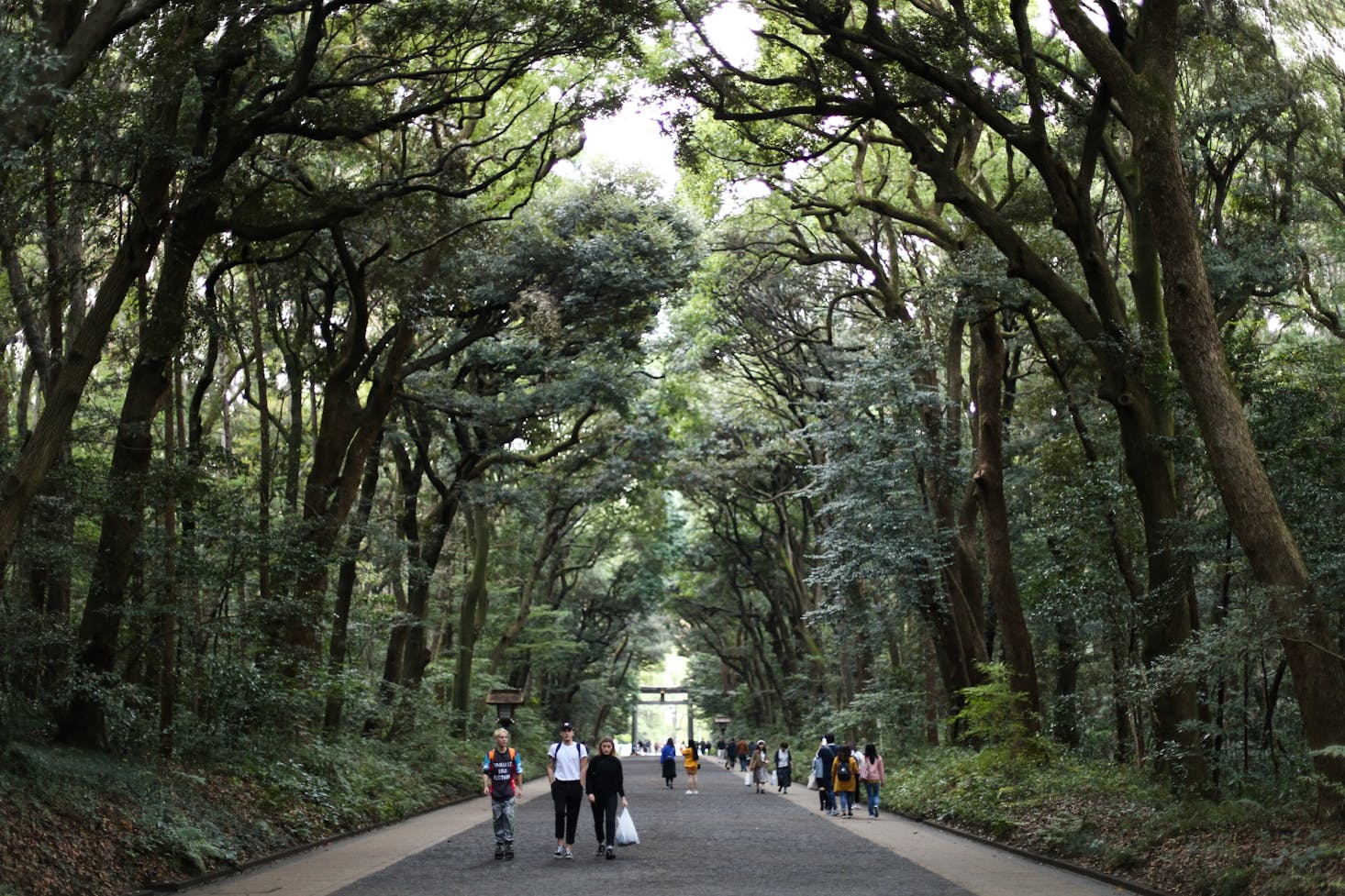
Tokyo stands out among other Japanese cities not only because it’s the country’s capital but also due to its unique offerings to locals and visitors. Besides its grandiose skyscrapers, ultra-fast bullet trains, shops, and anime, Tokyo has numerous gardens and parks where you can pause and admire nature. So if you’re feeling a bit tired and want a quick escape from the bustling city life, how about venturing into the great outdoors?
The good news is that you don’t have to leave the metropolis because the bamboo forests, vast green spaces, and parks in Tokyo are enough to get you close to nature. Some are lined with gorgeous cherry blossoms, while others are visited because of their vibrant autumn leaves. If it’s too cold to go outside, the greenhouses will be your haven from the cold, allowing you to discover many tropical species from around the world.
If you’re ready to enter a natural sanctuary, this guide covers some of the best parks in Tokyo to indulge in nature. But remember that navigating wild expanses and participating in activities can be challenging if you’re carrying a large backpack or too many items. To lighten your burden, take advantage of bounce luggage storage in Tokyo and enjoy a hassle-free outdoor adventure.

Love discounts and traveling?
Sign up for our newsletter and get 10% off your next booking.
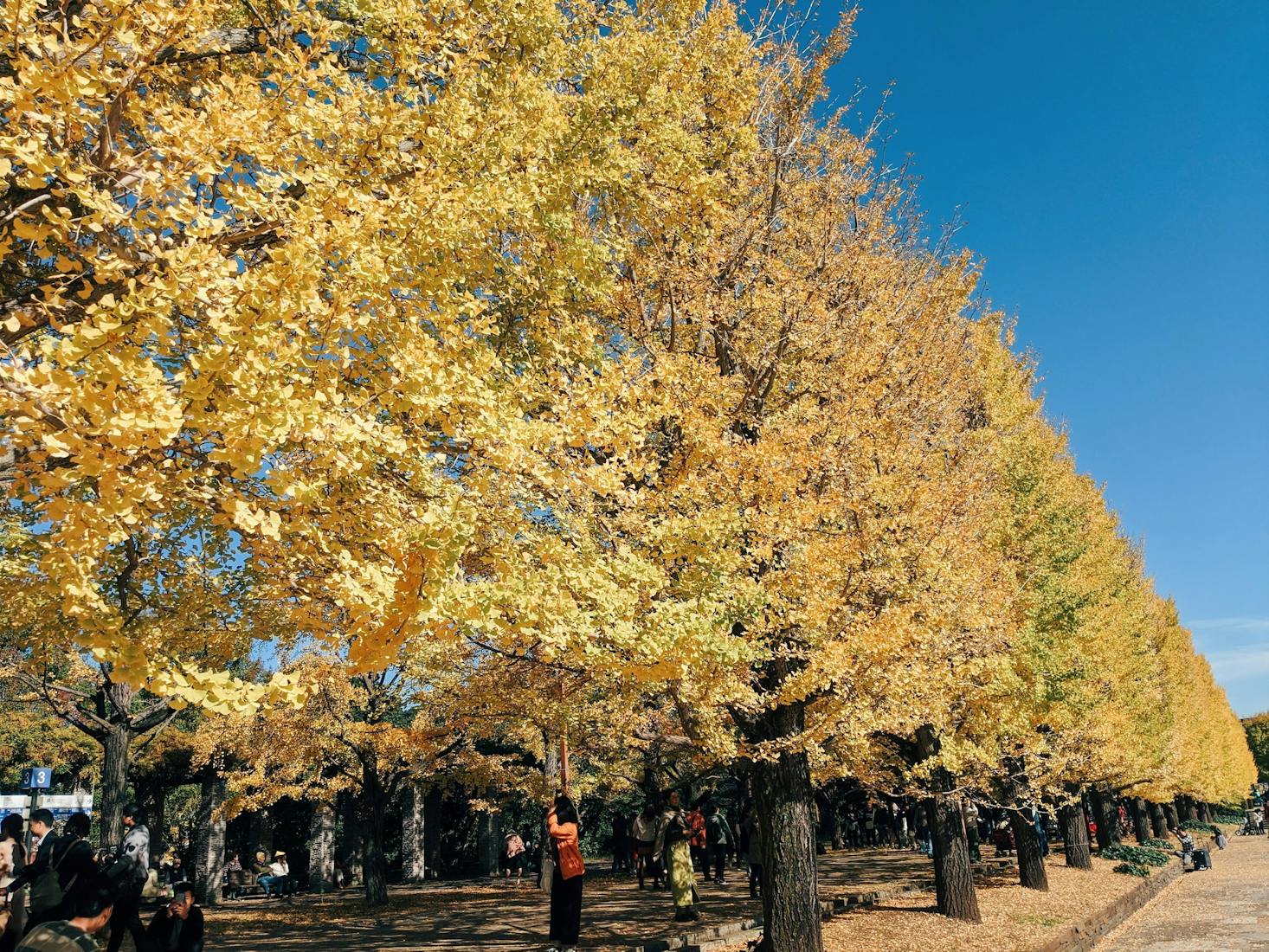
Yoyogi Park
Lively and full of happy people, Yoyogi Park is a spacious city park near the most-visited Meiji Jingu shrine and Harajuku Station. It’s one of the largest Tokyo parks spanning 54.1 hectares of functional spaces, featuring sports facilities, sprawling lawns, forested areas, and ponds. You’ll often encounter cosplayers, club members, fashionistas, and athletes congregating here, especially on the weekends, making it a favorite gathering place for everyone from all walks of life.
Before it became a park in 1967, this area served as the site of the Olympic Village for the Tokyo Olympics in 1964. It was also a housing area for the United States military personnel. Yoyogi Park has changed in many ways since then and now attracts different people. Street performers are also a common sight here, as well as visitors playing ukuleles and bongo drums.
If you want to stay active, rent a bike and cycle around the paved cycling path. The forest area has plenty of shady trees and grassy open spaces for picnics, relaxation, listening to music, or catching up with friends.
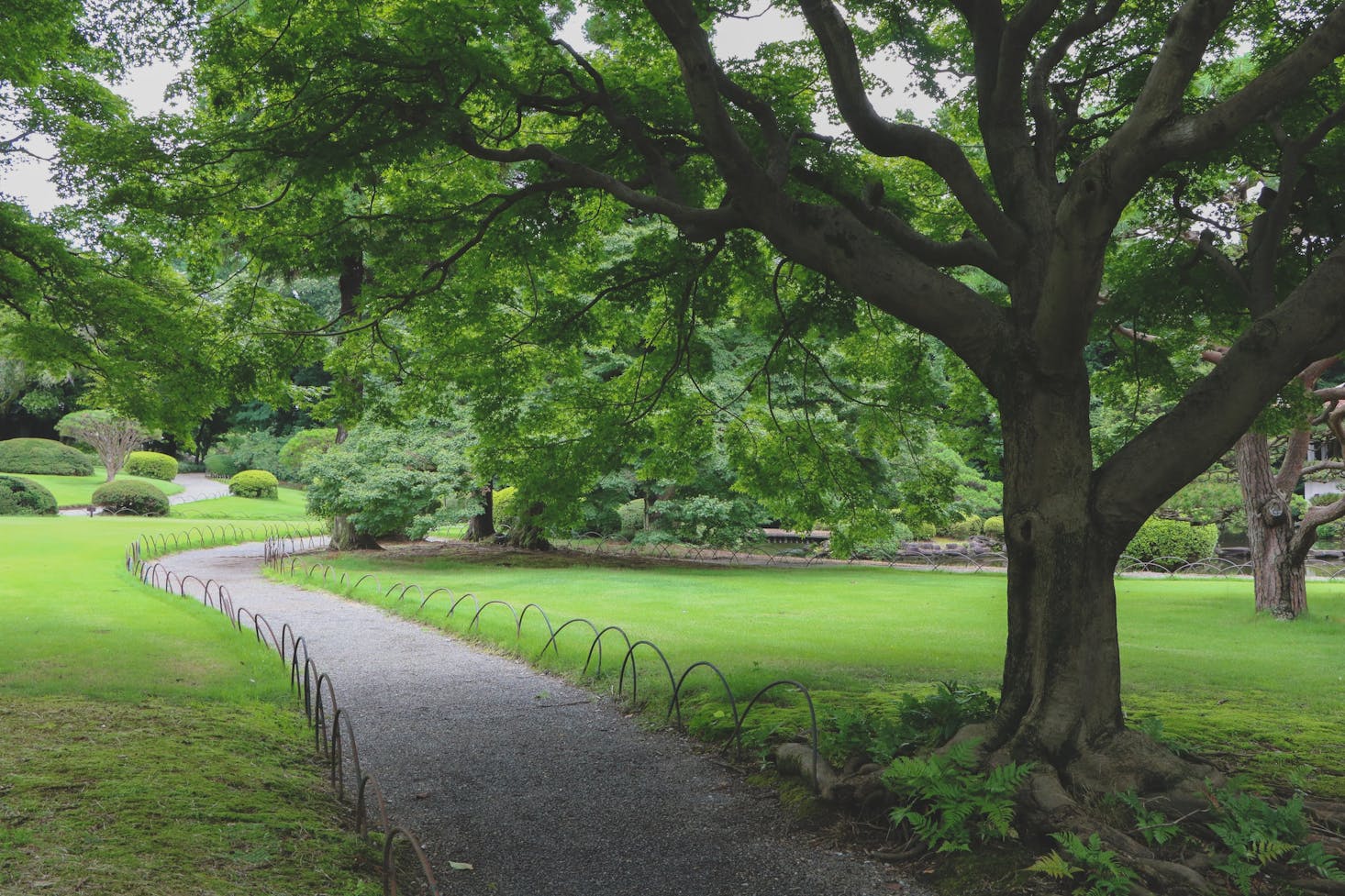
Imperial Palace East Garden
The Imperial Palace East Garden used to be the side of the inner circles of defense of Edo Castle, a large 17-century castle that served as the seat of the Japanese government for over 260 years. Although you won’t see the main building in the area, the walls, entrance gates, moats, and some guardhouses remain.
As you explore the Imperial Palace East Garden, you’ll be in awe of the sprawling garden and the remnants of what was once a majestic palace. It has Japanese- and Western-style gardens, offering a pleasant escape from the concrete jungle of the surrounding office districts. Though it’s far from how it looked centuries ago, you can still sense the palace’s grandeur and the surrounding areas.
There’s nothing much you can do here but tour the East Gardens, which has three sections: the Ninomaru, Honmaru, and Sannomaru areas. Summer can be pretty hot, as there aren’t many trees to walk under for shade. It offers unique experiences each season, but if you’re here for cherry blossoms and other springtime flowers, visit in late March or early April. The entrance is free, and it’s near several stations, depending on which gate you enter.
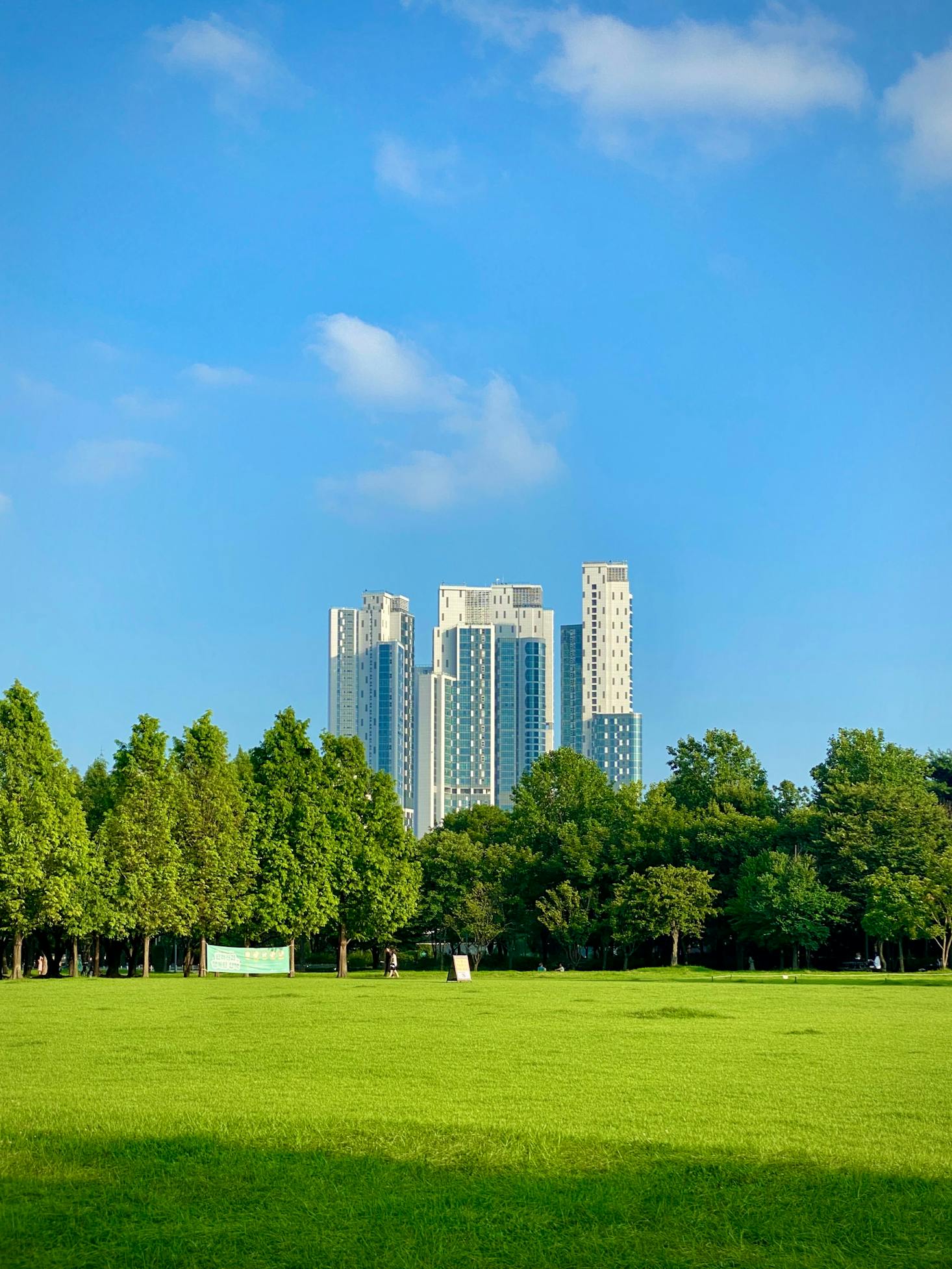
Shinjuku Gyoen National Garden
Shinjuku Gyoen National Garden is a large park located in one of the capital’s most famous neighborhoods. It’s a short walk from Shinjuku Station, with meandering walking paths, spacious lawns, a greenhouse, and an iconic pavilion featured in the film The Garden of Worlds.
Shinjuku Gyoen was once part of the Edo Period between 1603 and 1867 as the home of a feudal lord. In 1903, it became a site for the Imperial Family’s recreation and the guests’ entertainment. Unfortunately, it was almost completely destroyed in the Second World War and was eventually rebuilt and became available to the public in 1949.
This national garden has three distinct themed areas. The oldest of all the gardens is the traditional Japanese style featuring large ponds with bridges and islands. It’s one of the highly visited parks in Tokyo for cherry blossoms and displays of seasonal flowers in spring. During fall, visitors marvel at the best autumn colors in central Tokyo. Its other main gardens are the English landscape garden and formal French garden, while the rest of the park consists of lawns, forested areas, and a few structures, including an art gallery, an information center, and a restaurant.
Ueno Park
Officially Ueno Onshi-Koen, which means the Ueno Imperial Gift Park, Ueno Park is one of the oldest public parks in Tokyo and the first city park in Japan that opened in October 1873. The park site used to be part of Kaneiji Temple, one of the Edo era’s largest and most affluent temples. Then it was converted into the first Western-style parks in Japan. It’s easily accessible via public transportation; you can even walk from Ueno Station or Keiseiueno Station from the park entrance.
Many famous Tokyo museums and attractions are found on the park’s grounds, including the National Science Museum, Tokyo National Museum, the Tokyo Metropolitan Art Museum, and the National Museum for Western Art. Ueno Park is also home to the country’s first zoological garden, Ueno Zoo, giving you plenty of sightseeing opportunities.
In addition to the zoo and excellent cultural facilities, Ueno Park is a popular choice for locals and tourists for its cherry blossoms. Each year, it attracts over two million people during the Sakura season, with flowers filling the main path near the park entrance to the zoo. Dedicate a whole day trip to this park in Tokyo, especially if you plan to learn more about the city's past in the world-class museums found on site.

Odaiba Seaside Park
Odaiba Seaside Park offers something different for visitors, from the remarkable views of the metropolis to providing access to seaside sports, shops, and restaurants. Nestled on the edge of Tokyo Bay, this marine public park stretches around 800 meters along the artificial coastline of Odaiba Beach.
Although it’s beautiful and charming throughout the day, it’s worth waiting for the sunset and the calm evening to maximize the experience. The brightly illuminated Rainbow Bridge and Tokyo Tower are particularly impressive. If you want to view the city’s nightscape, you can always take the list and ascend to the Special Observation Deck, which stands 250 meters above the ground.
Don’t forget to drop by Tokyo’s version of the Statue of Liberty, a well-liked structure where people wait in line to take a winning shot with the famous statue. You also don’t want to miss the events typically hosted near the park and some watersports, like windsurfing and paddle boarding by the harbor.
Kasai Rinkai Park
Another urban oasis right on Tokyo Bay is Kasai Rinkai Park. It’s less busy than Ueno Park but offers several exciting family attractions. It’s the largest park in the central city, right across the Edogowa River. Although it’s not far from the chaotic and busy city, it offers a pleasant respite from the surrounding cityscapes and is one of the few places in the capital where you can freely go down the seashore.
The Tokyo Sea Life Park is not to be missed, which aims to reproduce aquatic habitats in the city and the world. It takes pride in its huge 2,200t donut-shaped tank where bluefin tunas can freely swim around and other exhibition sections.
The most prominent feature at Kasai Rinkai Park is the Diamond and Flowers Ferris Wheel, with light shows that look like flowers and sparkling diamonds. It stands 117 meters tall and was the tallest Ferris Wheel in the world when it was launched in 2001. Ride this rotating wheel and see Tokyo Bay and the vibrant city from above. There’s also a Sea Bird Center with information on native birds and a bird sanctuary for bird lovers and watchers.
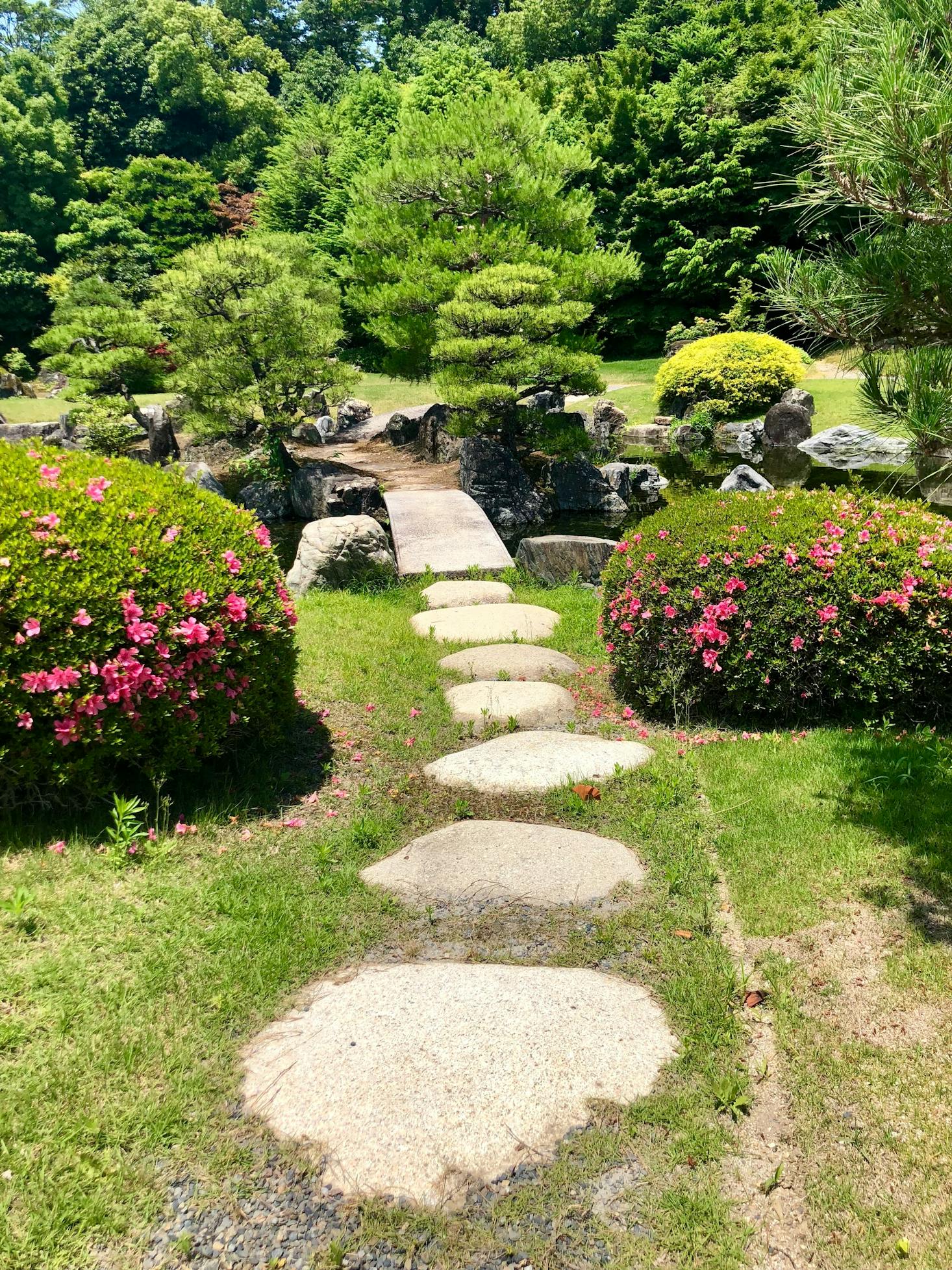
Shiba Park
This is a centrally located park in Tokyo, established in 1873, making it one of Japan’s oldest public parks. It is next to Tokyo Tower and contains several structures, including a public library and a hotel.
A stone’s throw from the park is an ancient burial mound called Shiba Maruyama Kofun, the largest in Tokyo at 64 meters in diameter. Although this keyhole-shaped kofun is covered with shrubs and trees, you can still recognize the outline. And standing quietly in the lush greenery is Maruyama Zuishin Inari Daimyojin, a hidden gem tucked away on one of the paths.
Shiba Park is well-maintained and landscaped, with plenty of drinking fountains for visitors and their furry friends. Like many parks in Tokyo, spring is the best time to visit when the cherry blossoms are in full bloom.
Hibiya Park
If you’re in Chiyoda in the middle of Tokyo, head to Japan’s oldest Western-style park. Hibiya Park is a natural paradise in Tokyo’s beating heart, with carefully maintained trees, flower beds, and grass lawns. But before this expansive 16-hectare park became a preferred spot for nature walks and relaxation, it was once a feudal ground during the Edo era and a military parade square in most of the Meiji period.
Today, this vast park is home to thousands of gigantic trees, including a 500-year-old ginkgo tree called ‘kubi-kake ginkgo.’ It’s a lovely oasis for busy locals and travelers, offering cozy shaded spots to read a book, listen to your favorite music, have a calming tea, or spot local wildlife.
At the center of Hibiya Park is a massive fountain that lights up with shifting colors at night. Additional seasonal illuminations around the holidays are something people look forward to when visiting the park. Some local events, festivals, and public gatherings also happen here, bringing together more people from around the country and the world.

Futakotamagawa Park
Entertaining kids doesn’t have to be complicated if you’re close to Futakotamagawa Park, a spacious local park in Tokyo with plenty of play areas for children. It’s next to Futako-Tamagawa Station, the Tama River, and a shopping center, so there are plenty of opportunities for recreation, shopping, and dining.
This riverside park is ideal for families with kids, pets, or just anyone looking for a spot to watch the sunset after a long, tiring day at work. On a clear day, you might get lucky and see Mount Fuji in the distance.
Apart from the recreational facilities and wooden play equipment, there are grassy areas to throw down your blanket and benches to sit on. It has an authentic Japanese garden, known as Kishin-en Garden, complete with stone paths and ponds and a century-old Japanese home. Also, keep an eye out for the Natumoco Garden, with a flowerbed maintained by volunteers. Entry to the park is free, though you’ll have to pay a minimal fee for parking.
Spend a relaxing afternoon at the best parks in Tokyo
Tokyo is a big city and a busy, energetic capital, so it’s easy to be overwhelmed, especially when trying to keep up with the buzzing crowd. It offers seemingly unlimited options for entertainment, shopping, dining, and culture, and you’ll feel like you always have to choose and do something. Despite your busy schedules, take the time out and spend even just a few minutes in one of the beautiful Tokyo parks. Unplug from social media, eliminate distractions, soak in the natural paradise around you, and experience the magic as you feel refreshed and more productive than ever.
If you’re looking for more budget-friendly adventures on your trip, read our guides on beaches near Tokyo to spend time at the shore and free things to do in Tokyo for no cost fun. You're sure to find something to add to your itinerary.

Love discounts and traveling?
Sign up for our newsletter and get 10% off your next booking.
